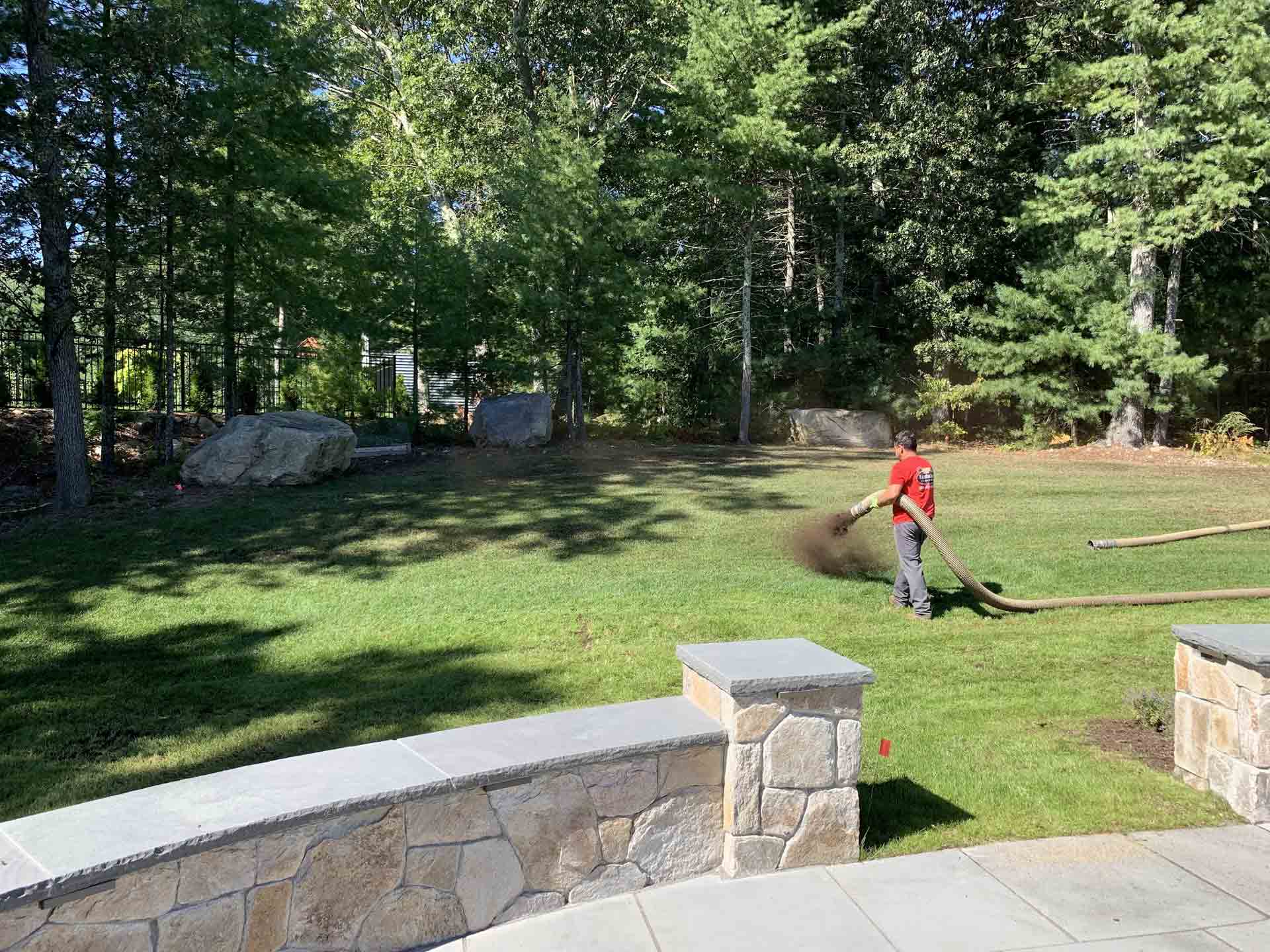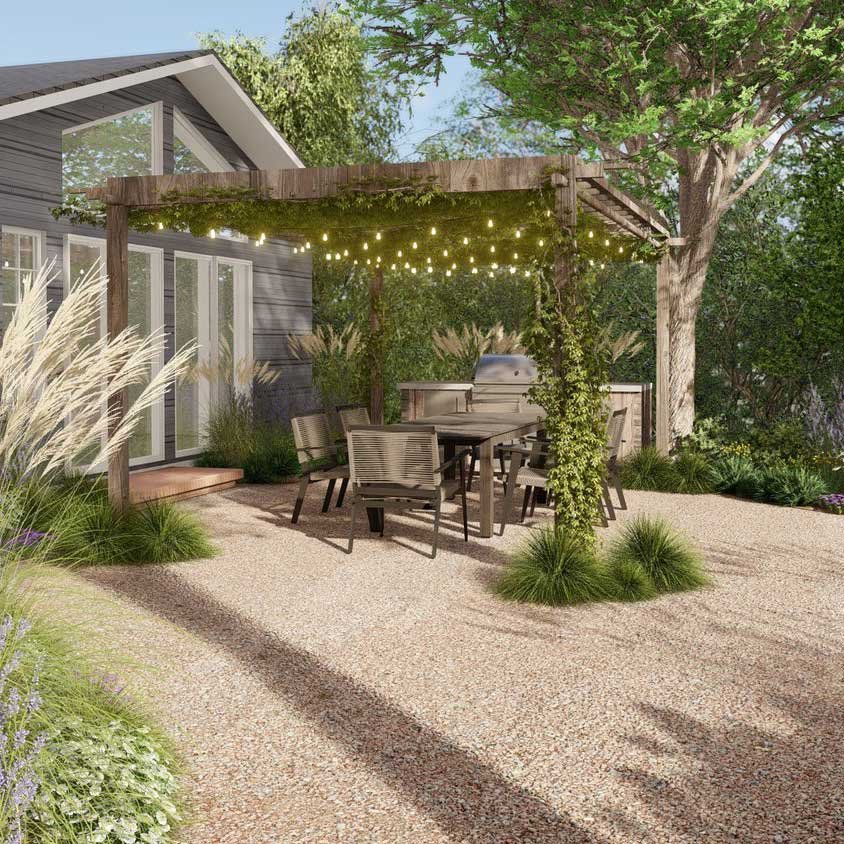The Main Principles Of Landscapers
The Main Principles Of Landscapers
Blog Article
Landscapers Fundamentals Explained
Table of ContentsUnknown Facts About LandscapersLandscapers Things To Know Before You BuyAbout LandscapersAll About LandscapersLandscapers Fundamentals Explained
- A tree or shrub (hedge) that loses its fallen leaves in winter months. In the PNW there are semi-deciduous or semi-evergreen plants that may shed their leaves relying on just how cold the winter season is. Abelia and some hebe are good examples. Landscapers. - A flat gathering area, made from timber or composite material (made to look like timber), commonly nearby or connected to a framework.

- Granite that is weathered to the point that it is a really great accumulation. This is an all-natural process, and the result can be utilized for paths and outdoor patios. Disintegrated granite is commonly referred to as DG. It is particularly useful in modern landscapes. - Trick landscape features being proposed in a landscape layout strategy.
Landscapers - Truths
These objectives lead the layout procedure, not the designer's style or choices. Common style goals in Rose city are low upkeep, drought forgiving, and animal friendly. - Refine for getting rid of or thinning the dead lower degree of a fully grown lawn. Thatch is turf that has passed away and gathered listed below the green blades.
Over time this layer can get really thick and make it challenging for water, sunlight, and nutrients to obtain to parts of the grass.- The process of collecting and managing the flow of water on a residential or commercial property. This can be finished with grading, French drains, dry wells, absorptive surface areas, sump pump, rain yards, and a lot more.
Characteristic at the end of hillsides, with all-natural springtimes, or loaded with heavy clay have one of the most drainage problems.- A slow feeding irrigation system that uses adaptable tubes and emitters to send out a specific quantity of water per plant. This is one of the most efficient technique of irrigating plants. - The ability of a plant to survive without much summer water.
- A garden feature where water is represented by an aggregate rock item, typically a crushed rock or granite.- A stone or natural flagstone patio area, course, or pathway built without a concrete base.
The Ultimate Guide To Landscapers
- A stone maintaining or free standing wall developed without the use of mortar. - A below ground structure that collect water and allows it to reduce percolate right into the dirt around it.
Landscape design that is compatible with a websites' atmosphere in both look and sustainability without unfavorable effects to the atmosphere. Bordering in the landscape is a line of demarcation that click this site creates aesthetic rate of interest in the garden by dividing one segment browse around here from another sector.
Areas can also have a sensation of "room" offered by trees, other growings, fencings, or displays. The landscape near the entrance to a building.
A plant that is foreign to the place where it will certainly be planted. Not all "exotics" are invasive or dangerous, and lots of can be well acted or drought forgiving (Landscapers). A mass growing of ferns. Thicker bladed turf grass that spread out using rhizomes.: The degree of dirt on your home before bark dust or garden compost is spread out.
7 Easy Facts About Landscapers Described

The objective, reason, or action that an area is be landscaped for. Room for expanding plants for checking out, consuming, or physical task.
Rock product, either rounded or fractured, that is relatively small- generally 1" or much less. Low plants that are allowed or encouraged to top a location. Can describe any type of "hard" yard elements including statuary or rocks but the majority of typically is used to refer to courses, outdoor patios, and walls.: Elevation difference in between the degree of water in a pond (or the degree of the pump if it sits outside the fish pond) and the upper outlet of water which influences efficiency of the Discover More Here water pump in gph (gallons per hour). Dense shrubs or trees that develop a fencing, display, or limit.

Excitement About Landscapers
Conventional PNW landscapes are informal. A plant that spreads out even more than preferred, or into environments where it does damages.
Can include head placements and insurance coverage, pipe sizing, GPM specs, and products required to mount this system. Accredited expert who designs landscapes, educated in engineering and style as well as in horticulture.
Landscape developers usually have much less schooling than Landscape Architects and are not accredited. A finished landscape style, outlining all aspects for the brand-new landscape.
A water tight HDPE product made use of beneath ponds, streams and waterfalls in water attributes. Utilizing several growings of the very same range to load in an area in the landscape.
Report this page